
What is Ethereum Triple Halving and its Impact on ETH?

In the fast-paced world of cryptocurrencies, Ethereum has always been at the forefront of innovation. While "halving" is commonly associated with Bitcoin, Ethereum has its unique approach to this concept.
The Ethereum halving, often referred to as the "Triple Halving," is a multifaceted process that has profound implications for the future of this popular cryptocurrency.
In this article, we will delve deep into the Ethereum halving phenomenon, exploring its significance in the ever-evolving crypto market.
The Basics of Ethereum Halving
To understand the Ethereum halving, it's important first to grasp the fundamentals of Ethereum's underlying technology. Ethereum operates on a consensus mechanism known as Proof of Work (PoW), similar to Bitcoin.
Miners solve complex mathematical problems in this system to validate transactions and create new blocks. As a reward for their efforts, miners are given Ethereum coins.
However, Ethereum has been undergoing a significant transformation with the introduction of the Ethereum 2.0 upgrade. This upgrade involves transitioning from the PoW consensus mechanism to a more energy-efficient and scalable model called Proof of Stake (PoS).
Unlike PoW, where miners compete to validate transactions, PoS relies on validators who lock up a certain amount of Ethereum as a stake. These validators are then chosen to create new blocks based on factors such as the amount they stake.
This transition to PoS brings about several significant changes to the Ethereum ecosystem. It eliminates the energy-intensive process of mining and reduces the daily issuance rate of Ethereum tokens.
Additionally, the Ethereum Improvement Proposal (EIP) 1559 introduces a new fee structure that burns a portion of the transaction fees, further reducing the overall supply of Ethereum.
Staking: A Shift in the Ethereum Landscape
One of the key components of the Ethereum halving is the shift from mining to staking. Under the PoS model, validators are chosen to create new blocks based on the amount of Ethereum they have staked.
This means that the more Ethereum a validator holds, the higher their chances of being selected to validate transactions.
Staking Ethereum has several advantages over traditional mining. First and foremost, it is more energy-efficient, as it does not require the use of powerful computational hardware.
This shift to a more sustainable consensus mechanism aligns with Ethereum's commitment to environmental sustainability.
Secondly, staking Ethereum helps to reduce the overall supply of Ethereum in circulation. When Ethereum is staked, it is effectively locked up for a certain period of time, making it temporarily unavailable for trading or selling.
This reduction in circulating supply creates scarcity, which can potentially drive up the price of Ethereum over time.
Moreover, staking Ethereum allows validators to earn staking rewards. These rewards are proportional to the amount of Ethereum staked, providing an additional incentive for users to participate in the network and contribute to its security and stability.
ETH Gas Fee Burning: A Deflationary Mechanism
Another crucial aspect of the Ethereum halving is the implementation of EIP-1559, which introduces a new fee structure for transactions on the Ethereum network.
Under the previous fee model, users would bid for transaction priority by suggesting a gas fee. This often resulted in bidding wars during periods of network congestion.
EIP-1559 sets a base fee for transactions, which adjusts dynamically based on network demand. Crucially, this base fee is burned or permanently removed from circulation rather than being given to miners or validators.
By burning a portion of the transaction fees, Ethereum's overall supply can decrease during times of high network usage. This deflationary pressure can offset the inflationary issuance of new coins, potentially leading to Ethereum becoming a deflationary asset over time.
The introduction of fee burning has several implications for the Ethereum ecosystem. First, it improves the predictability and stability of transaction fees, making it easier for users to estimate the cost of their transactions.
This is particularly beneficial for developers and users of decentralized applications (dApps), as it creates a more user-friendly experience and reduces the barriers to entry.
Second, fee burning helps to align the incentives of miners and validators with the long-term success of the Ethereum network. In the PoW model, miners are primarily motivated by the block rewards they receive for validating transactions.
However, as the issuance of new coins decreases over time, transaction fees become a more significant source of income for miners. By burning some of these fees, Ethereum ensures miners are vested in the network's sustainability and efficiency.
Reduced Token Issuance: Limiting the Supply of Ethereum
In addition to the shift to PoS and the burning of transaction fees, the Ethereum halving also involves a significant reduction in the daily issuance rate of Ethereum tokens.
Under the PoW model, miners were rewarded with newly issued Ethereum tokens for validating transactions and securing the network.
However, with the transition to PoS and the phasing out of traditional mining, the daily issuance rate of Ethereum tokens has been significantly reduced.
This reduction in token issuance limits the supply of new Ethereum entering the market, creating scarcity. When combined with the burning of transaction fees, this reduction in supply can exert upward pressure on the price of Ethereum.
The reduced token issuance has several implications for Ethereum as an investment. First, it helps to mitigate the potential impact of inflation on the value of Ethereum.
As the issuance of new coins decreases, the inflation rate decreases as well, making Ethereum a more attractive asset for long-term holders.
Second, the reduction in token issuance aligns with the principles of scarcity and supply and demand economics. With a limited supply of new coins entering the market, the value of existing coins can increase, assuming continued demand for Ethereum.
The Impact of Halving on Ethereum
The Ethereum halving, or the "Triple Halving," has profound implications for the Ethereum network, its participants, and the broader crypto ecosystem. Here's an in-depth exploration of its impact across various aspects:
Reward System Changes for Validators
With the transition to PoS, the Ethereum halving represents a shift in the reward system for validators. Instead of relying on mining rewards, validators are rewarded with staking rewards based on the amount of Ethereum they stake.
These rewards are proportional to the stake and other factors, incentivizing validators to actively participate in the network and secure its operations.
Transaction Fees: A More Efficient and Predictable System
The introduction of EIP-1559 and the burning of transaction fees have significant implications for users of the Ethereum network.
Ethereum has created a more efficient and predictable fee system by setting a base fee for transactions and burning a portion of these fees. This benefits users by reducing the volatility of transaction fees and creating a more user-friendly experience.
Deflationary Pressure and Scarcity
The Ethereum halving introduces deflationary pressure on the Ethereum supply through a combination of reduced token issuance and the burning of transaction fees. This deflationary nature can create scarcity, potentially leading to upward pressure on the price of Ethereum.
It aligns with supply and demand economics principles, where a limited supply combined with continued demand can drive price appreciation.
Impact on Stakeholder Dynamics
The Ethereum halving has implications for various stakeholders within the Ethereum ecosystem:
- Miners: The transition from PoW to PoS renders traditional mining obsolete. Miners will need to adapt by either transitioning to staking or focusing on mining other PoW cryptocurrencies.
- Investors: Understanding the Ethereum halving is crucial for investors. The potential deflationary nature of Ethereum, combined with its position as a leading smart contract platform, can influence investment strategies and long-term outlook.
- Developers and Dapp Creators: The reduction in gas fees and enhanced transaction efficiency resulting from the Ethereum halving can attract more developers and users to the Ethereum ecosystem. This fosters innovation and growth within the network, creating new opportunities for developers and dApp creators.
Ethereum Halving and Its Relation to Bitcoin
Ethereum and Bitcoin, as leading cryptocurrencies, both have mechanisms in place to control inflation and ensure the longevity of their respective networks.
While they share similar goals, the methods and implications of their halving events are distinct. Let's delve deeper into the comparison between the Ethereum halving and the Bitcoin halving:
Definition of Halving
The Ethereum halving, or the "Triple Halving," is a continuous process without a fixed date. It encompasses the shift to PoS, the burning of transaction fees, and the reduction in token issuance.
In contrast, the Bitcoin halving is a predetermined event that occurs approximately every four years. During the Bitcoin halving, the block rewards for miners are reduced by 50%, decreasing the rate of new Bitcoin issuance.
Purpose and Impact on Mining
The Ethereum halving aims to transition to a more energy-efficient consensus mechanism (PoS) and potentially make Ethereum deflationary over time. As a result, traditional mining becomes obsolete, and miners must adapt by either transitioning to staking or mining other PoW cryptocurrencies.
On the other hand, the Bitcoin halving aims to control inflation by reducing the rate at which new Bitcoins are introduced into circulation. The reduction in block rewards puts downward pressure on mining profitability, leading to a potential reduction in the number of miners or a consolidation of mining power.
Effect on Supply and Price Implications
The Ethereum halving, through the combination of reduced token issuance and the burning of transaction fees, limits the supply of new Ethereum entering the market. This reduction in supply, coupled with continued demand, can exert upward pressure on Ethereum's price over time.
Historically, the Bitcoin halving has been associated with price surges in the months following the event. However, it's important to note that various factors, including market sentiment, regulatory changes, and macroeconomic conditions influence price dynamics.
Network Security and Historical Context
The Ethereum halving introduces PoS as a more energy-efficient and secure consensus mechanism. Validators are incentivized to act honestly, as they have Ethereum at stake. Misbehaving validators risk losing their staked Ethereum, ensuring the security and integrity of the network.
On the other hand, Bitcoin relies on PoW and miners' computational power to validate transactions. As block rewards decrease, transaction fees become a more significant incentive for miners, ensuring continued network security.
In terms of historical context, Ethereum's journey has been marked by continuous evolution and various upgrades, such as the introduction of EIP-1559 and the Ethereum Merge.
These milestones contribute to Ethereum's position as a leading smart contract platform and highlight the importance of innovation and adaptability in the blockchain and crypto space.
Conclusion
The Ethereum halving, or the "Triple Halving," is a testament to Ethereum's adaptability, resilience, and vision for the future. It aims to enhance Ethereum's efficiency, sustainability, and value proposition through the transition to PoS, burning of transaction fees, and reduction in token issuance.
This sets a precedent for other cryptocurrencies, emphasizing scalability, security, and user-centric design. The Ethereum halving creates new opportunities for investors, developers, and users, fostering growth and innovation within the ecosystem.
Disclaimer
The information provided on this website does not constitute investment advice, financial advice, trading advice, or any other advice, and you should not treat any of the website's content as such.
Token Metrics does not recommend buying, selling, or holding any cryptocurrency. Conduct your due diligence and consult your financial advisor before making investment decisions.

.svg)

Create Your Free Token Metrics Account

.png)




%201.svg)
%201.svg)


%201.svg)



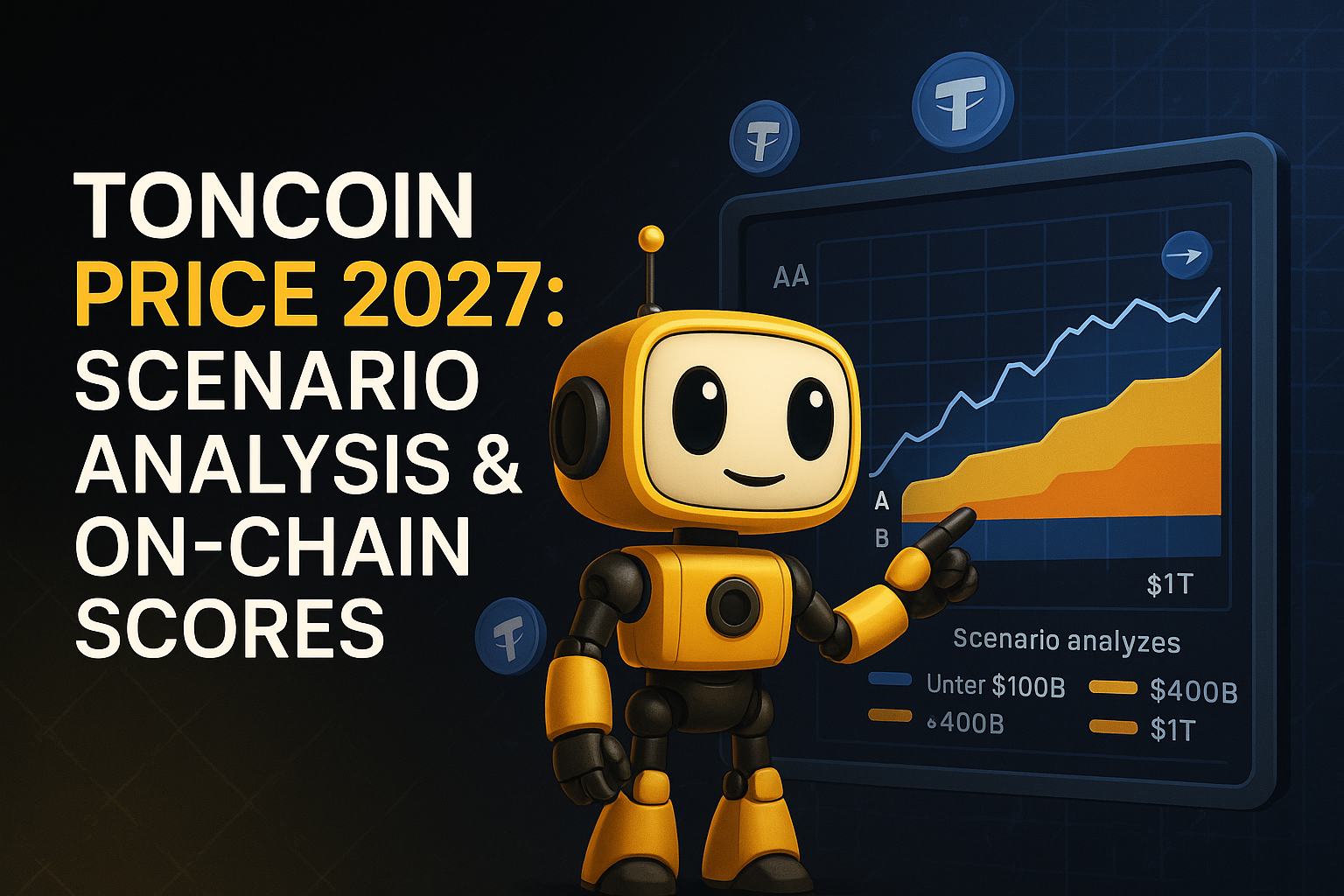
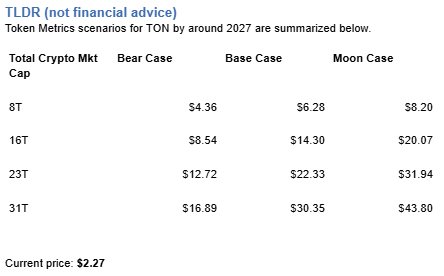
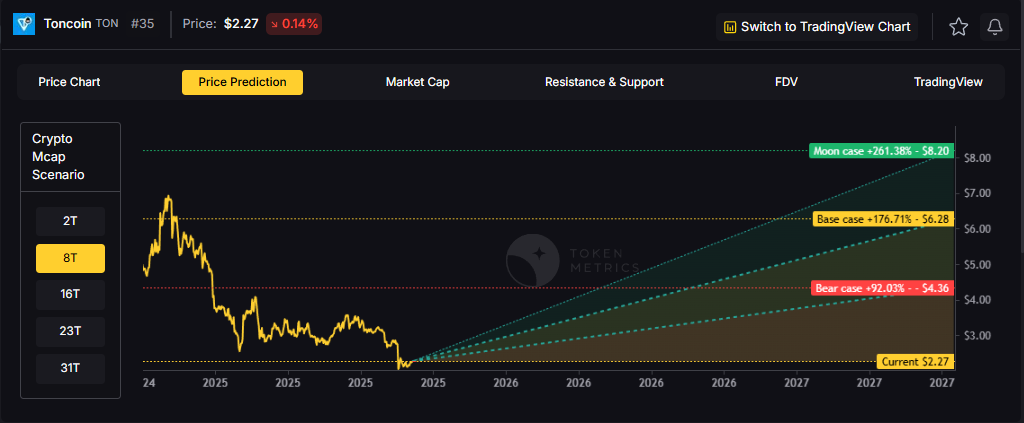
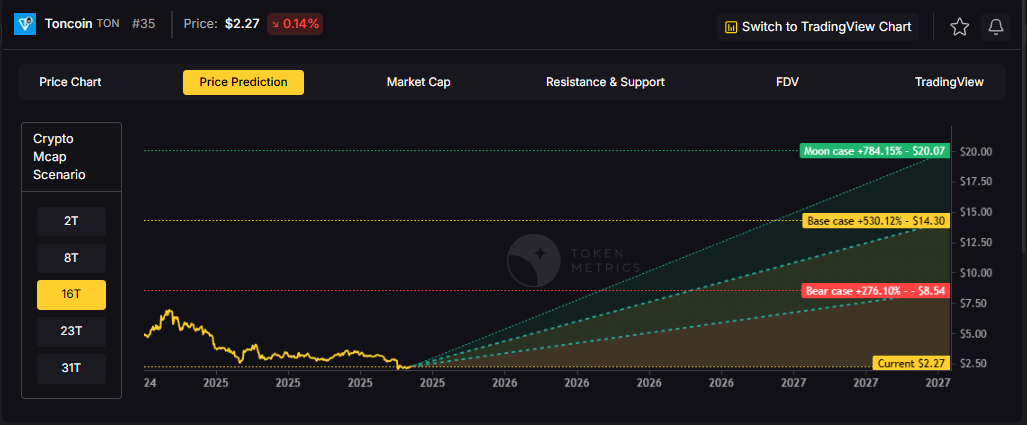


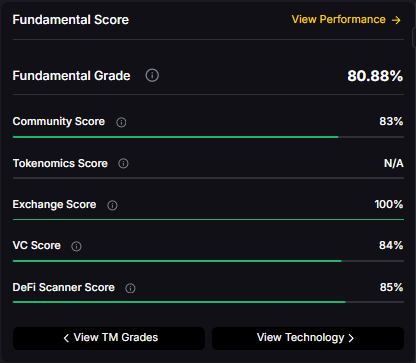



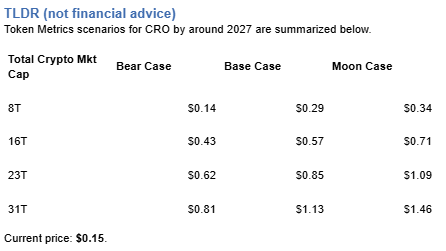
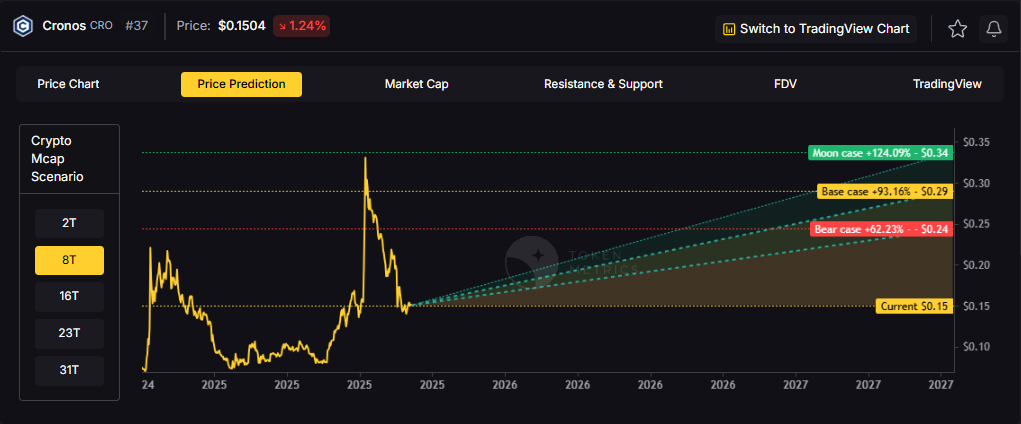
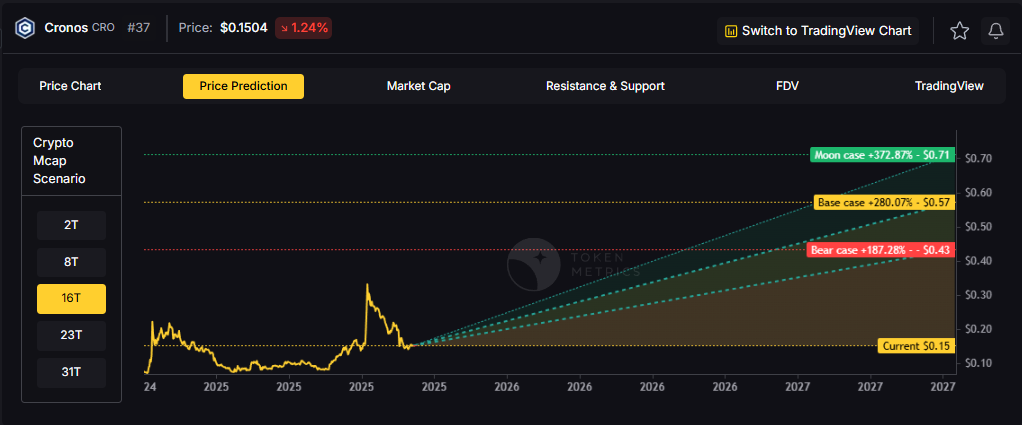

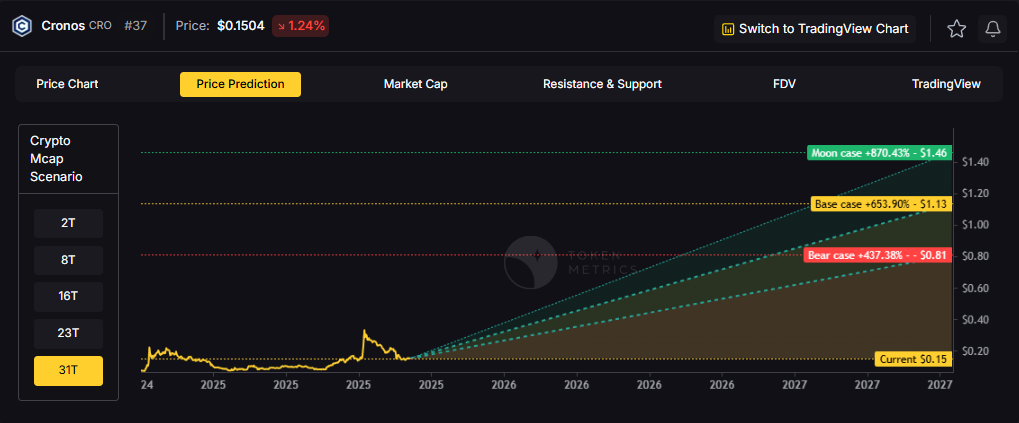

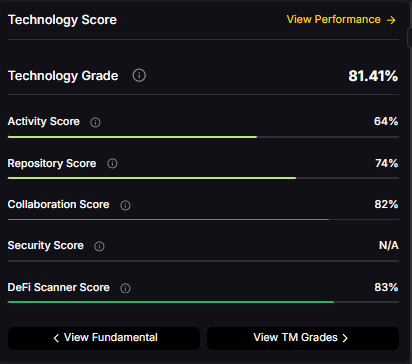
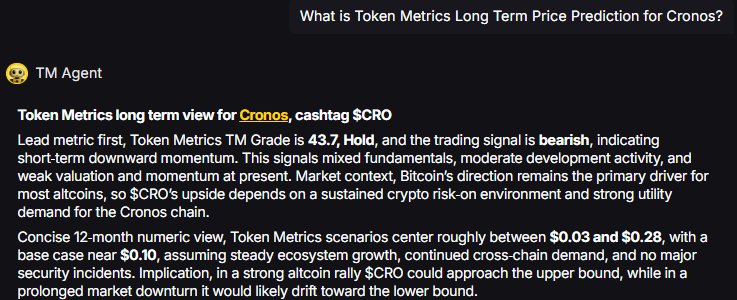
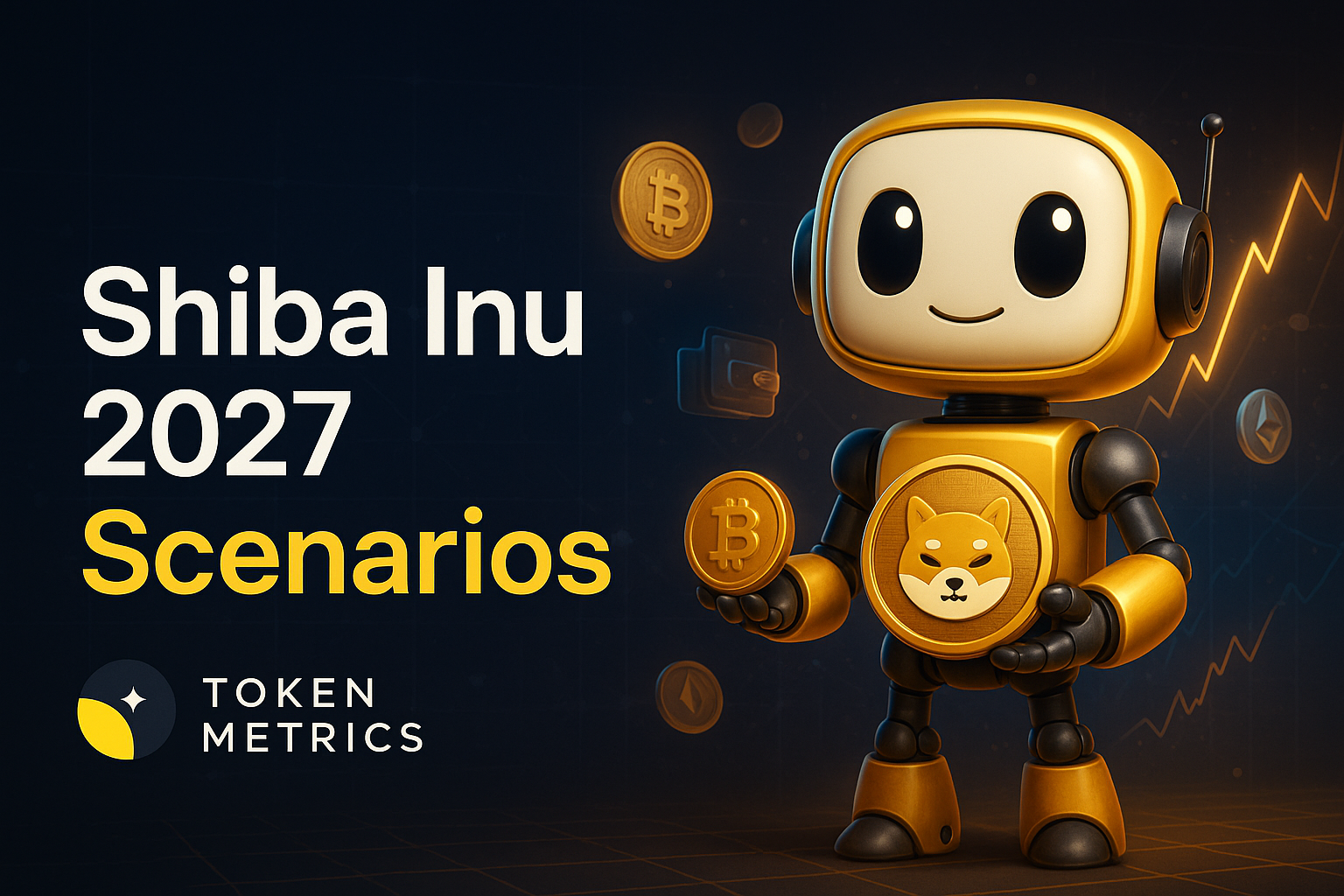
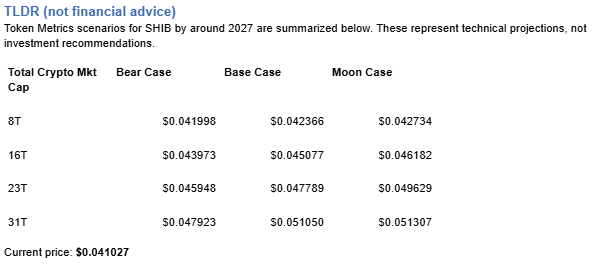
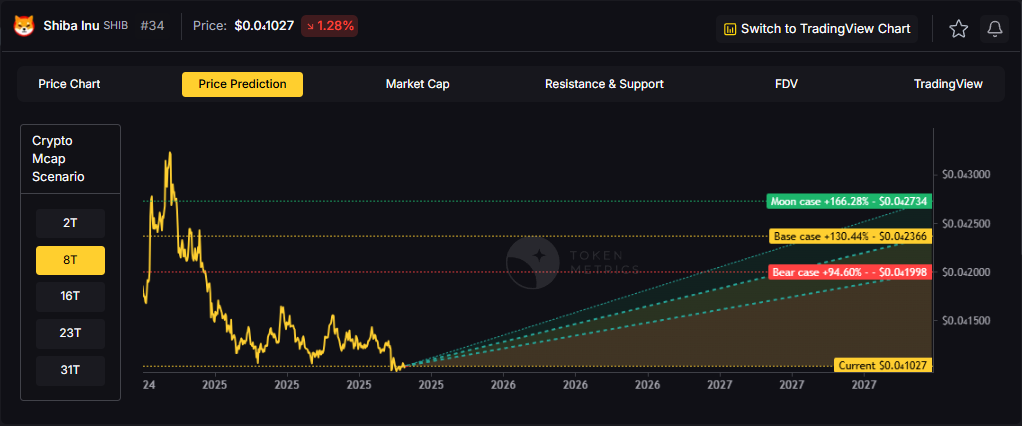
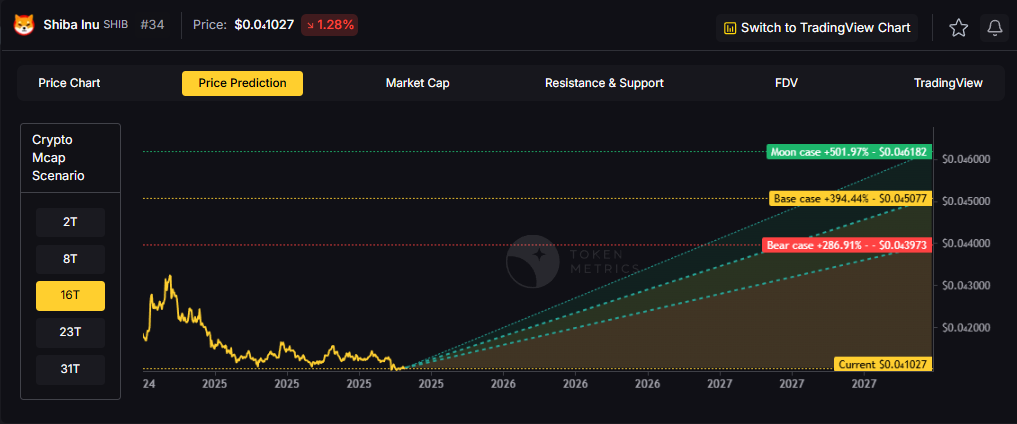
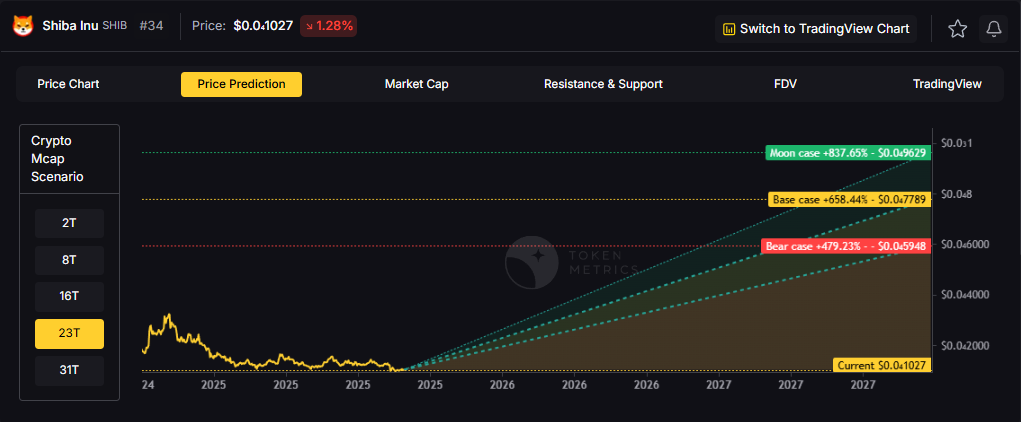
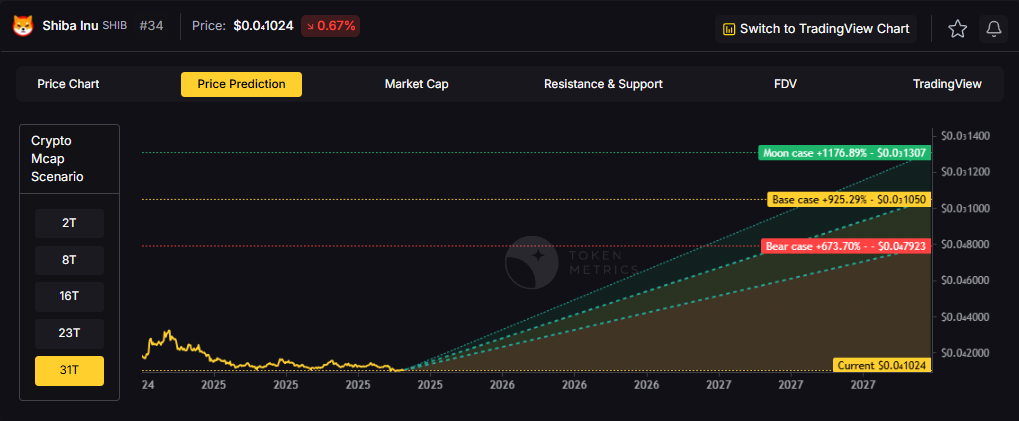
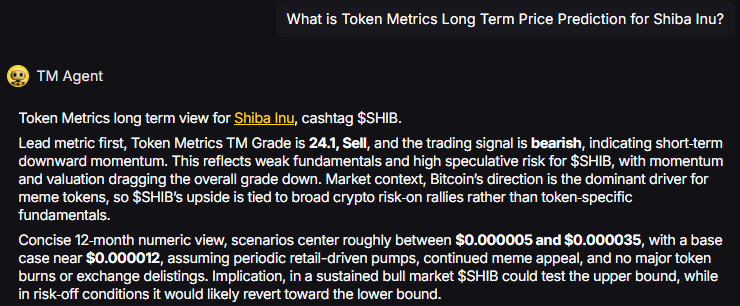



.svg)




.png)